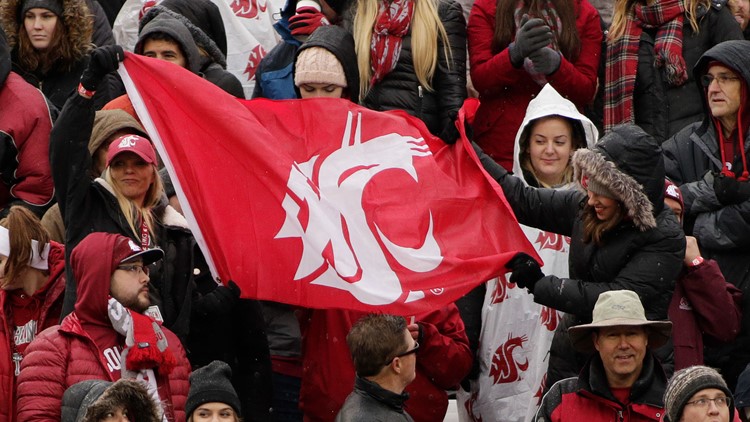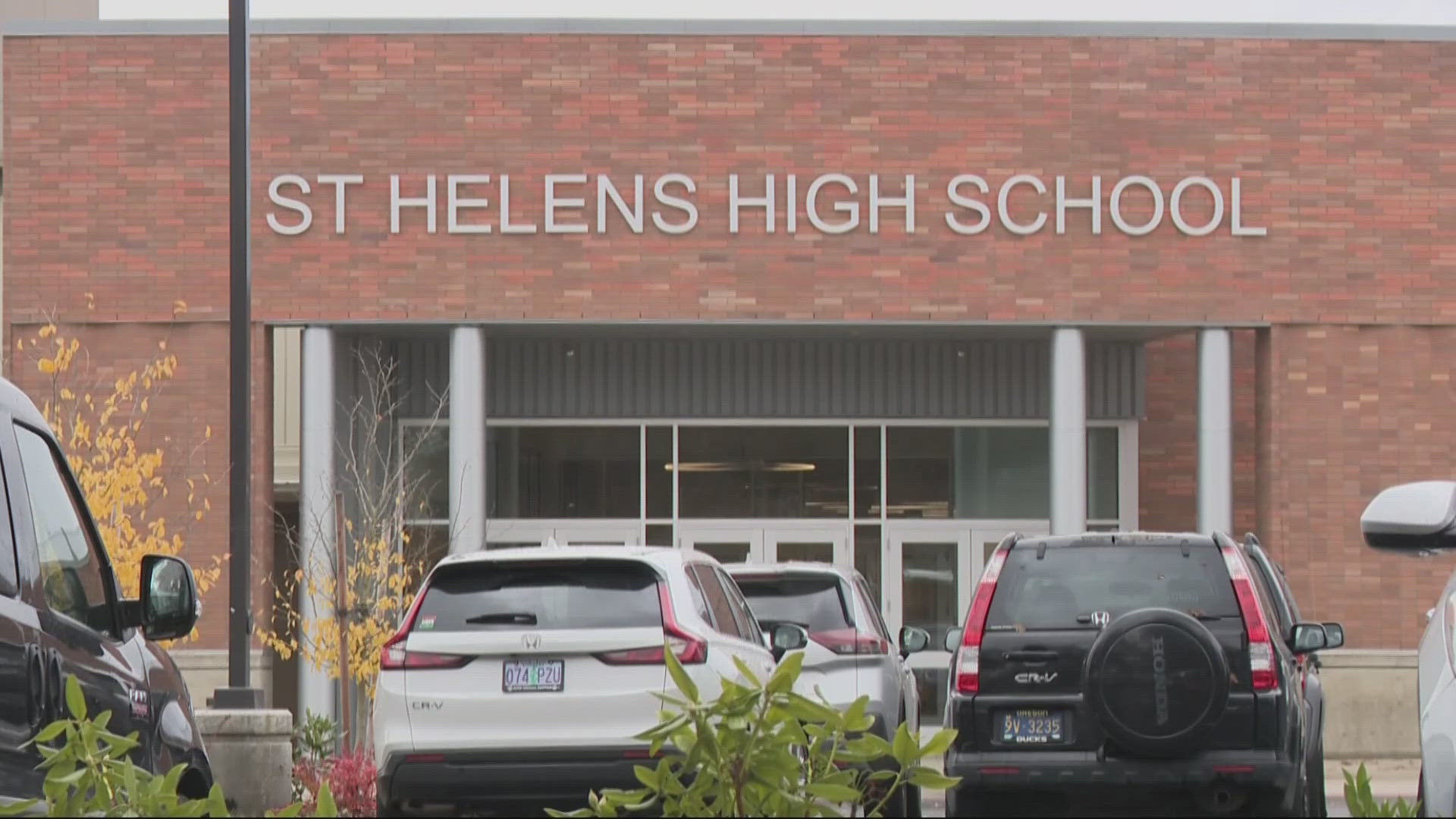PULLMAN, Wash. — Amid a turbulent year, the Washington State University (WSU) Athletics Department's plans for the foreseeable future have begun to materialize.
The Pac-12 has been whittled down to the Pac-2 after the latest wave of conference realignment, leaving WSU and Oregon State University on an island. However, reports Thursday indicate that the conference may have found a lifeline while it works to solidify its long-term ambitions.
There is a lot to unpack with this saga, and there is no clarity on when (or even if) there will be some sort of finish line on all of the reshuffling happening among the top conferences in college athletics. Here is an overview of what has led up to this point for WSU and what the university's most likely next steps are.
How did we get here?
If you've followed along extensively with every step of the Pac-12's evolution in the past few years, you've already heard most of the background information. However, for those that are new or only have limited context for this saga, here is a brief overview.
The first two schools to leave the conference were the University of Southern California (USC) and the University of California, Los Angeles (UCLA), who jointly announced a move to the Big Ten after the 2023-24 academic year. This move was made official in the summer of 2022, long before the rest of the conference fractured.
In late July of 2023, the University of Colorado announced it was leaving the Pac-12 to return to the Big 12, where it had competed from 1996-2010. Soon after, Aug. 4 saw the University of Washington and the University of Oregon announce moves to the Big Ten, while the University of Arizona, Arizona State University, and the University of Utah joined Colorado in accepting invitations to the Big 12.
Finally, the Atlantic Coast Conference joined the party in late August and voted to offer invitations to the University of California, Berkeley and Stanford University. 10 of the conference's 12 members would be departing at the end of the 2023-24 academic year, leaving only OSU and WSU as members.
The reasons given by each school varied, but it all essentially came down to money. The Pac-12's television deal wasn't being valued at nearly the same level as the other conferences mentioned above, and in the arms race that is the highest level of college sports, those schools went where they had the highest earning potential going forward.
Why were OSU and WSU not invited to join another conference?
This is another complicated question, but again it essentially ties back to money and leadership. Both OSU and WSU are in much smaller media markets than their neighboring counterpart and don't have the same recent national success as UO and UW.
A lot of the conference realignment moves around the country were tied to how much value a school could bring to a conference that was selling its TV rights to major media companies like FOX, NBC, ESPN and CBS. It appears that the Big Ten did not see the same value in OSU and WSU as it did with UO and UW, along with UCLA and USC before them.
Why did OSU and WSU sue the Pac-12?
The lawsuit filed by the two remaining members of the conference has to do with control of the league's future and its finances. The contention of OSU and WSU was that since the other 10 schools officially announced they would be joining other conferences in 2024, those schools should not retain the same voting rights on conference decisions as its remaining two universities.
At a hearing in Whitman County Superior Court, not far from Washington State's Pullman campus, Judge Gary Libey granted a preliminary injunction in favor of Oregon State and Washington State. The ruling made the two schools the lone controlling members on the conference's board, although the other schools are filing an appeal.
What are the next steps for OSU and WSU?
The judge's ruling in Whitman County paved the way for accelerated conversations between the Pac-12's remaining schools and the Mountain West Conference, which consists of western U.S. teams like Boise State, Fresno State and Air Force.
The so-called "Pac-2" would be allowed to operate as a two-team conference for two years per NCAA rules, but a league must have a minimum of 8 teams to be officially recognized by the NCAA. The Pac-12 will still get payouts from the College Football Playoff and the Rose Bowl in the next few years, so there are outstanding future liabilities that must be sorted out by OSU and WSU.
OSU and WSU are getting closer to finalizing a partnership that would help fill out the football schedules for OSU and WSU in 2024 and 2025 while the schools work on a long-term solution for the conference, AP reported citing sources Thursday. This could pave the way for an eventual merger between the "Pac-2" schools and the Mountain West that might allow the conference to keep the branding.
The Pac-12 does not have a media rights deal beyond 2024, however, so that also must be worked out by the remaining schools before the 2024 college football season begins next fall.
What about the Apple Cup?
So far there has not been a definitive answer from either side on the future of the historic rivalry between UW and WSU. UW President Ana Mari Cauce said the schools were working to find a way to keep the rivalry going with the two teams no longer in the same conference.
UW announced its list of opponents for the 2024 season earlier this month and said it has one non-conference slot on its schedule currently open. That game could be filled by WSU, but it is unlikely that the Cougars would agree to play at UW in back-to-back years after the century-long tradition of swapping hosts each year.
Gov. Jay Inslee, a UW graduate whose wife went to WSU, expressed his desire to maintain the rivalry after UW's move to the Big Ten. Whether that wish will come to fruition remains to be seen.



